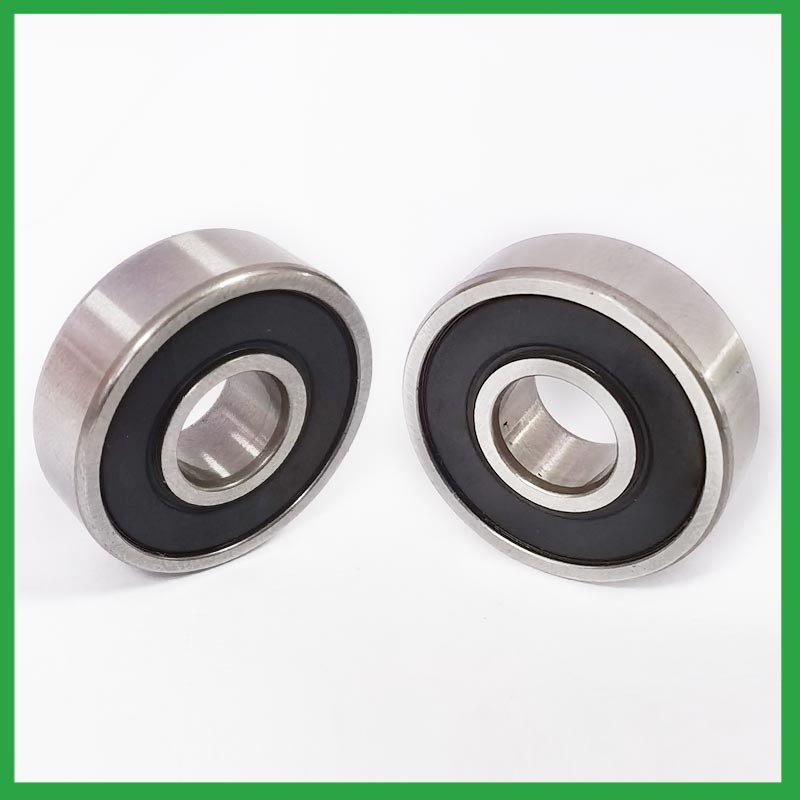PRODUCTS
CONTACT US
Ningbo Nide International Co., Ltd.
一一
· Contact person:Jack Zeng
· Mob/Whatspp/WeChat:0086-13738869026
· Email:emarketing@nide-group.com;marketing4@nide-group.com
· Add:No. 169, Wohushan Road, Daqi Subdistrict, Beilun District, Ningbo, China

Nide team could manufacture ball bearing as per customer’s drawing and samples.
If customer only has samples, we could also design drawing fo r our customer.
We also provide customized service.
Our ball bearing is widely applied the different industrials.
Haishu Nide International Co., Ltd was established in 2010, specializing in the development of precision customized bearings and sales of branded bearings. Provide overall bearing solutions for all customers and assist them in product development. In addition to providing various bearings that comply with international standards and specifications, we also provide services for motor manufacturing technology consultants, project support, and turnkey projects. The company's main products include: commutator,insulation paper,thermal protector,motor cover and lamination,shaft,fan,magnet, etc.
In addition, we provide non-standard bearings according to customer needs and are committed to providing the widest range of services.Our main application areas are compress motor,BLDC motor,water pump motor,washing machine motor,electric automotive motor,air condition motor,fan motor and other industries.Reliability, responsibility and quick reaction help Nide to win the worldwide customers’ confidence seccesively, so far Nide has supplied products to its customers more than 50 countries.
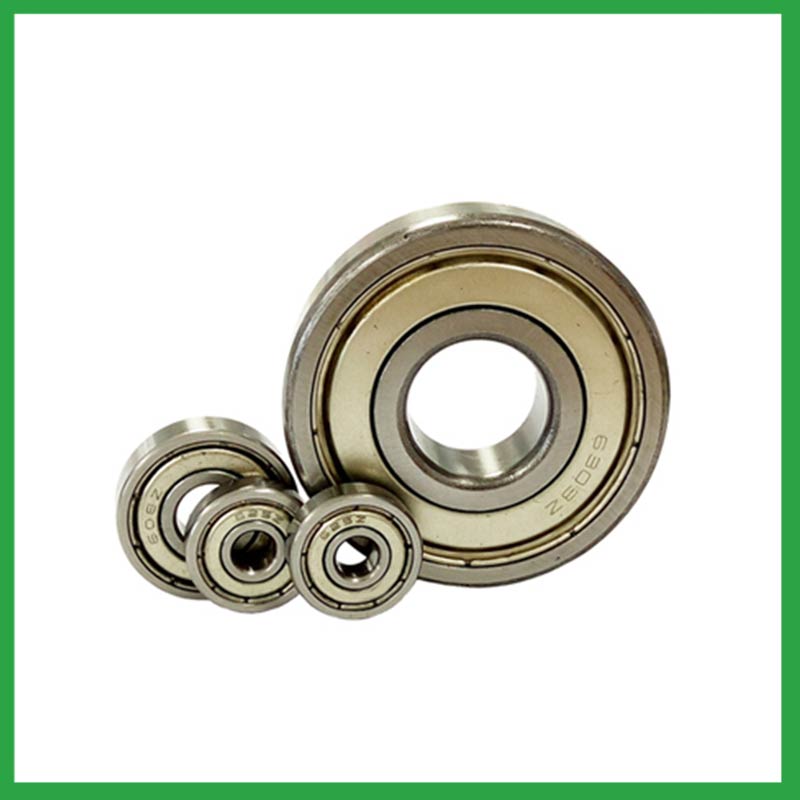
| Parameter | Information |
|---|---|
| Product Name | wheel ball bearing |
| Brand Name | NIDE |
| Place of Origin | Ningbo,Zhejiang |
| Material | chrome steel, etc. |
| Structure | Deep Groove |
| Color | Customized Color |
| Delivery Time | 5-7days |
| Port | Ningbo/Shanghai |
| Export region | Asia,Oceania,Europe |
| Export Country | India,Brazil,South Korea,Paraguay,Bahrain,Liberia,Saint Helena,Spratly Islands...etc |
| Application | small rotary motors, etc. |
| OEM/ODM | Yes |
| Size | Customized size |
| Stock | In Stock |
| Feature | Simple structure,High speed...etc |
| MOQ | 10 pieeces(Specific according to the model) |
| Certification | ISO9001,CE-stator coil lacing machine,CE-stator coil forming machine,etc |
| Supply Ability | 100000-500000 Piece/Pieces per Month |
| Lubricate | Oil Grease |
| Packaging Details | Suitable for sea transportation |
| Lead time (days) | 15-20 (To be negotiated) |
Please note: The above table data is for reference only. For specific information, please contact us.
The precision range of wheel ball bearing is from ABEC7 to ABEC9, with a particle size of 0.3 μ m. Among them, ABEC9's ball bearings have the best precision range and are widely used in the electronics industry, precision measurement industry, and so on.
During the disassembly process, the outer shell should be kept intact to avoid unnecessary damage;
When replacing installation components, attention should be paid to the accuracy of the support components to prevent deformation;
During the disassembly process, attention should be paid to protecting the surface quality of the ball bearing to ensure its performance;
During the operation, attention should be paid to removing surface dust to ensure the quality of the ball bearing.
Ball bearings have many advantages, making them highly competitive in the market.
Firstly, they are very durable and have good wear performance, making their service life longer than many other types of bearings.
Secondly, they are easy to install and can provide low friction performance in various applications.
Thirdly, they require a relatively low level of maintenance, making them cost-effective.
In addition, compared to many other types of bearings, their purchase cost is relatively low, making them an economical choice.




wheel ball bearing---FAQs Guide
2.What are the considerations for choosing between open, shielded, or sealed wheel ball bearing in specific applications?
3.What is a ball bearing?
4.How do preload adjustments in wheel ball bearing affect their performance and suitability for high-precision tasks?
5.What maintenance practices are recommended to extend the lifespan of wheel ball bearing and prevent premature failure?
6.What anti-corrosion coatings or treatments are available for wheel ball bearing used in marine or outdoor applications?
7.About wheel ball bearing,Can I add my own logo?
8.About wheel ball bearing,What about the lead time?
9.What is the load distribution within a wheel ball bearing, and how does it vary between different bearing configurations?
10.Can wheel ball bearing operate in high-temperature environments like industrial ovens or furnaces, and how are they protected from heat-related damage?
11.What is the role of wheel ball bearing in reducing friction and wear in automotive applications, such as wheel hubs and transmissions?
12.Do wheel ball bearing come in various tolerance classes?
1.Are there ceramic wheel ball bearing designed for specific applications requiring high-temperature or corrosion resistance?
Ceramic wheel ball bearing are a special type of bearing made of ceramic materials, offering superior wear resistance, corrosion resistance, and high-temperature performance. They provide excellent performance in applications requiring high speeds, high temperatures, and resistance to corrosion.
2.What are the considerations for choosing between open, shielded, or sealed wheel ball bearing in specific applications?
While sealed bearings offer superior protection and maintenance advantages, shielded wheel ball bearing can be more suitable in situations where minimal friction and operating temperature are crucial. It's essential to assess the operational environment and demands before making a selection.
3.What is a ball bearing?
A ball bearing is a type of rolling-element bearing that uses balls to maintain the separation between the bearing races.
The purpose of a ball bearing is to reduce rotational friction and support radial and axial loads. It achieves this by using at least two races to contain the balls and transmit the loads through the balls. In most applications, one race is stationary and the other is attached to the rotating assembly (e.g., a hub or shaft). As one of the bearing races rotates it causes the balls to rotate as well. Because the balls are rolling they have a much lower coefficient of friction than if two flat surfaces were sliding against each other.
Ball bearings tend to have lower load capacity for their size than other kinds of rolling-element bearings due to the smaller contact area between the balls and races. However, they can tolerate some misalignment of the inner and outer races.
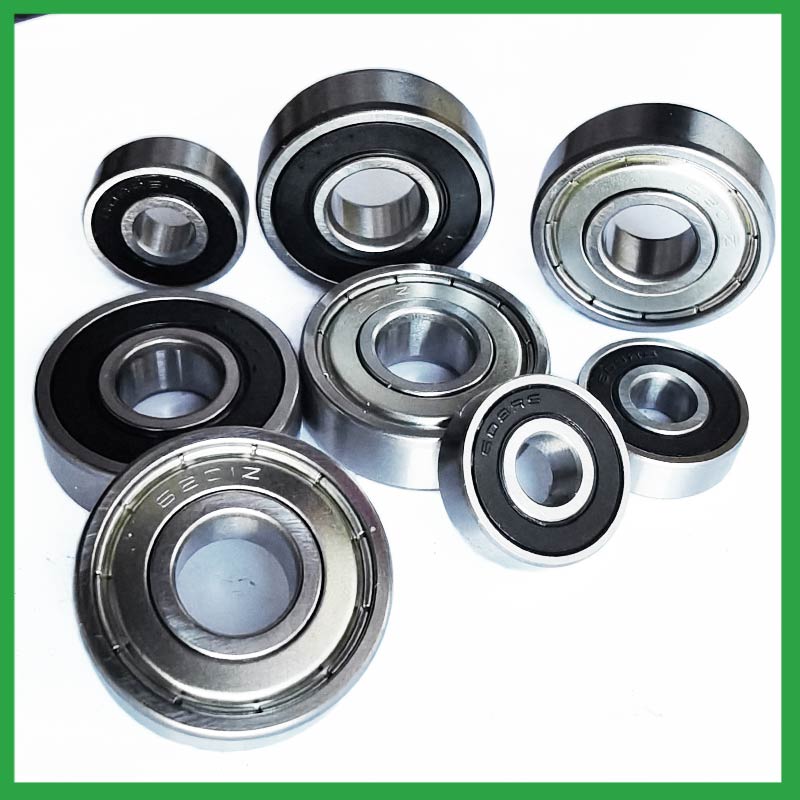
4.How do preload adjustments in wheel ball bearing affect their performance and suitability for high-precision tasks?
Benefits of Preloading a Bearing
Optimizes the ball spin to roll ratio.
Increases the rigidity of an application.
Protects from excessive ball skidding.
Decreases application vibration and sliding friction.
High running accuracy (even if load conditions keep changing)
Increases bearing load capacity.
5.What maintenance practices are recommended to extend the lifespan of wheel ball bearing and prevent premature failure?
Proper handling and installation of wheel ball bearing is essential to preventing premature failure. Ensure that bearings are stored and transported in a clean, dry, and vibration-free environment. During installation, ensure that bearings are properly aligned, and torque is applied correctly.
6.What anti-corrosion coatings or treatments are available for wheel ball bearing used in marine or outdoor applications?
Corrosion Resistant Coatings.Whether wheel ball bearing are manufactured from stainless steel or from chrome, anti-corrosion coatings can be applied. Compared to the natural state of the base metal, these coatings make surfaces less chemically reactive. In their selection of treatments or coatings, some industries choose to consult with the manufacturer of the bearings they use. This is because surface engineering is a highly specialized undertaking. These coatings used for their anti-corrosion properties to protect bearings in harsh environments include the following:Passivation (of stainless steel),Carbide and titanium nitride,Galvanized zinc,Nickel plating,Cadmium plating,TDC (thin dense chrome).
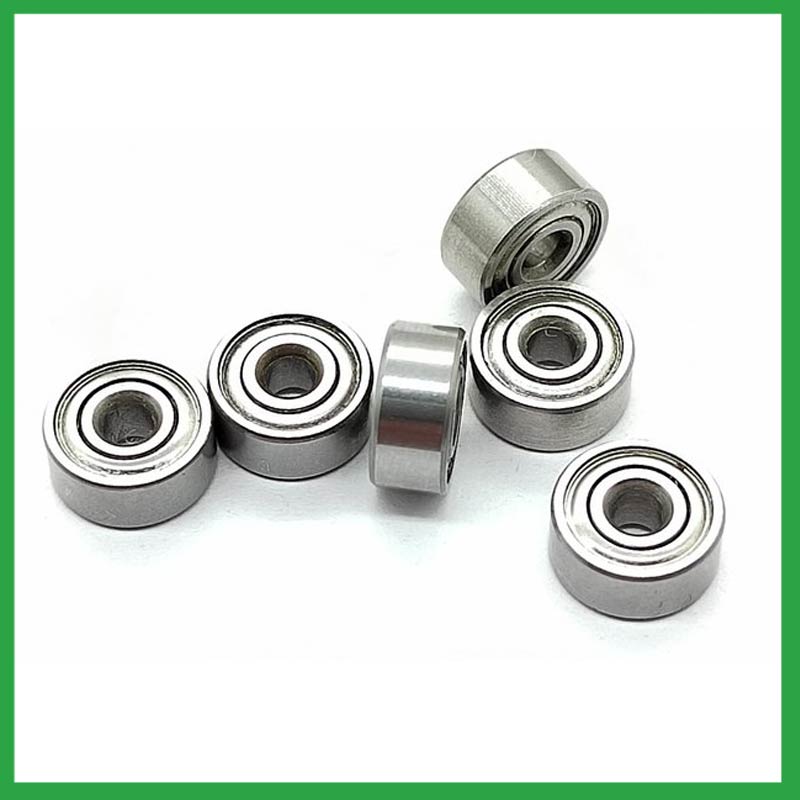
7.About wheel ball bearing,Can I add my own logo?
Yes, you can add your logo on bearings and packing box. We supply OEM SERVICE including bearing's size, logo, packing, etc.
8.About wheel ball bearing,What about the lead time?
3-7 days for samples, 3-4 weeks for mass production.
9.What is the load distribution within a wheel ball bearing, and how does it vary between different bearing configurations?
The load distribution between the rolling elements and raceway is crucial in performance evaluation of rolling element bearings. Determine the load distribution by measuring the strain response at the bearing surface with a notched housing. Finite element analysis shows that the introduction of notches does not affect the load distribution. An experimental system was developed to investigate the load distribution in a cylindrical roller bearing. The experimental static load distribution agrees well with the theoretical calculation. The dynamic load at specific position of load zone reflects the manufacture difference among rollers and dynamic balance of distributing loads.
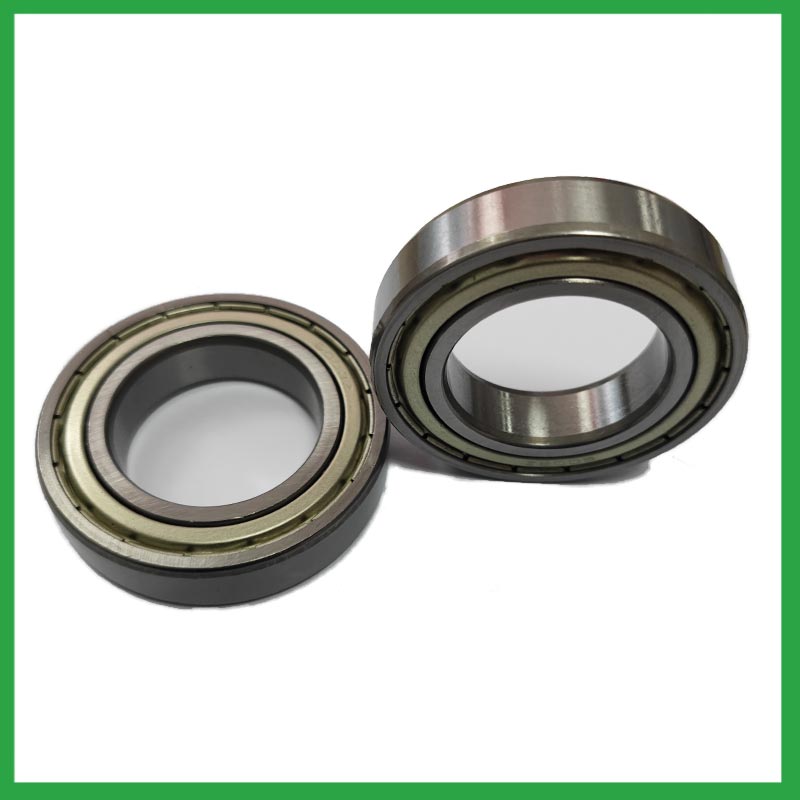
10.Can wheel ball bearing operate in high-temperature environments like industrial ovens or furnaces, and how are they protected from heat-related damage?
wheel ball bearing are capable of working at temperatures up to +842°F (+450 °C). Special lubricants, seals and coatings make this possible by protecting the ball bearings from heat damage.
11.What is the role of wheel ball bearing in reducing friction and wear in automotive applications, such as wheel hubs and transmissions?
When a load is applied to a ball bearing, the wheel ball bearing roll freely between the inner and outer rings. This rolling action significantly reduces friction compared to sliding contact, resulting in smoother rotation and reduced wear.
12.Do wheel ball bearing come in various tolerance classes?
Bearing tolerances are standardized by classifying bearings into the following six classes (accuracy in tolerances becomes higher in the order described): 0, 6X, 6, 5, 4 and 2.
